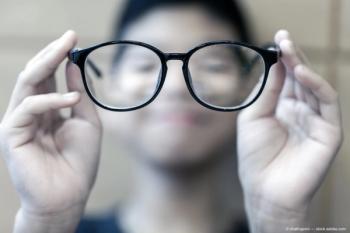
Glaucoma
Latest News
CME Content

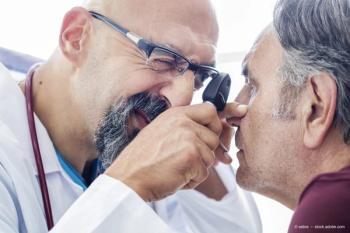

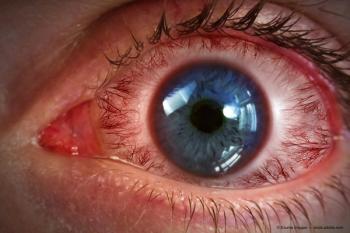
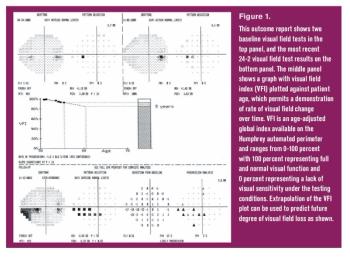
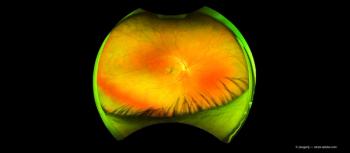


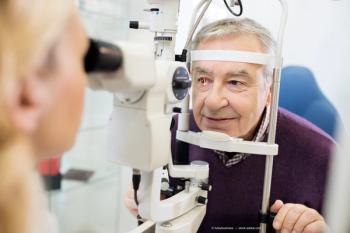




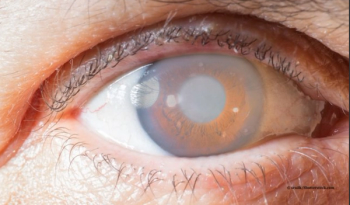
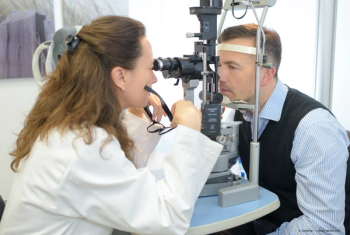
Treatments continue to evolve, and glaucoma treatments are no different. When treating glaucoma patients, it is important to stay up to date on new technologies and continue to monitor IOP.

Optometry Times Chief Optometric Editor Benjamin P. Casella, OD, FAAO, discusses how exercises including yoga impact patients who have glaucoma.

Factors such as age, family history, and race are not modifiable. One OD examines how a change in dietary habits may be beneficial in treating those suffering from glaucoma.

It is not realistic for patients to be prepared to respond when they are given news of a disease or disorder. Many times, patients are caught off guard at the mention of disease and assume a blank stare. What questions are they supposed to ask? Will Smith, OD, anticipates these questions and provides staff with information to keep patients informed.

Prescribing narcotics and opioids has come under scrutiny of late as the opioid epidemic continues to grow. Optometry Times Chief Optometric Editor Benjamin P. Casella, OD, FAAO, gives his three key points to consider before handing over that prescription to your patient.

Monitoring and measuring a glaucoma patient's intraocular pressure can be challenging with patients' busy schedules. Optometry Times Chief Optometric Editor Benjamin P. Casella, OD, FAAO, gives his reasons why home tonometry can help drive a treatment partnership between doctor and patient.

The next patient sitting in your chair may have narrow angles. Find out how to best diagnose and manage patients with narrow angles; it can have a significant long-term impact on their visual outcome.

Treating glaucoma can prove to be challenging at times. Michael Brown, OD, MHS-CL, FAAO, shares five aspects of glaucoma treatment that frustrate him.

Evolving procedures continue to change the landscape of glaucoma treatments. Chief Optometric Editor Benjamin P. Casella, OD, FAAO, explores how the use of minimally (or micro-) invasive glaucoma surgery (MIGS) techniques can increase positive outcomes when treating glaucoma patients.

The notion of patients not coming in as advised for eye examinations can be troubling. For example, when a patient has an eye disease as potentially significant as glaucoma and chooses to ignore its presence, there is cause for concern on the part of the doctor.

Our patients have numerous choices regarding advanced technology and eye care. Advances range from how patients check in for an appointment to what tools a surgeon uses to dissect tissue. They all have their benefits, and all come at a cost.





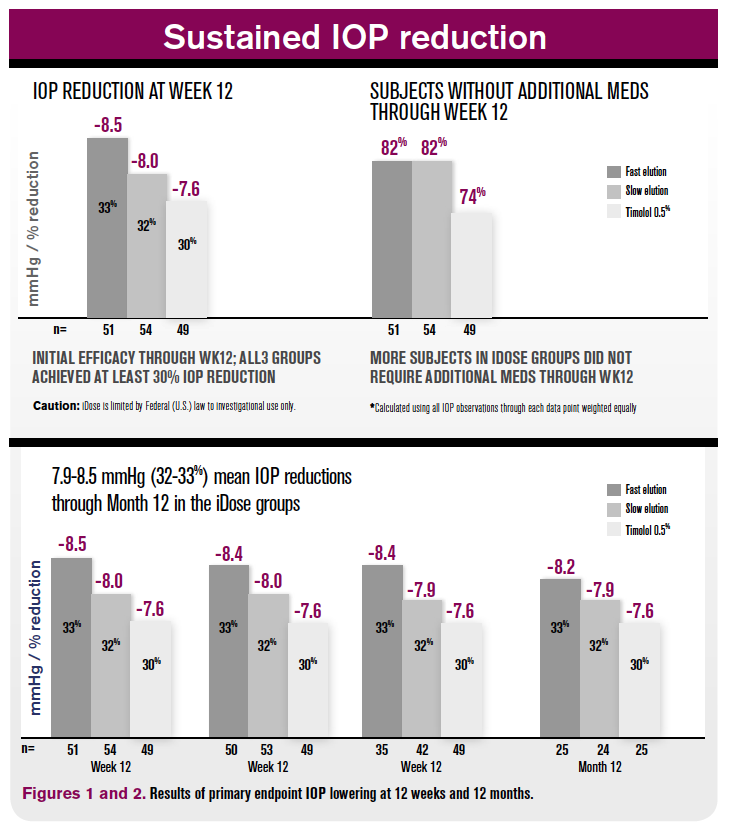













































.png)


